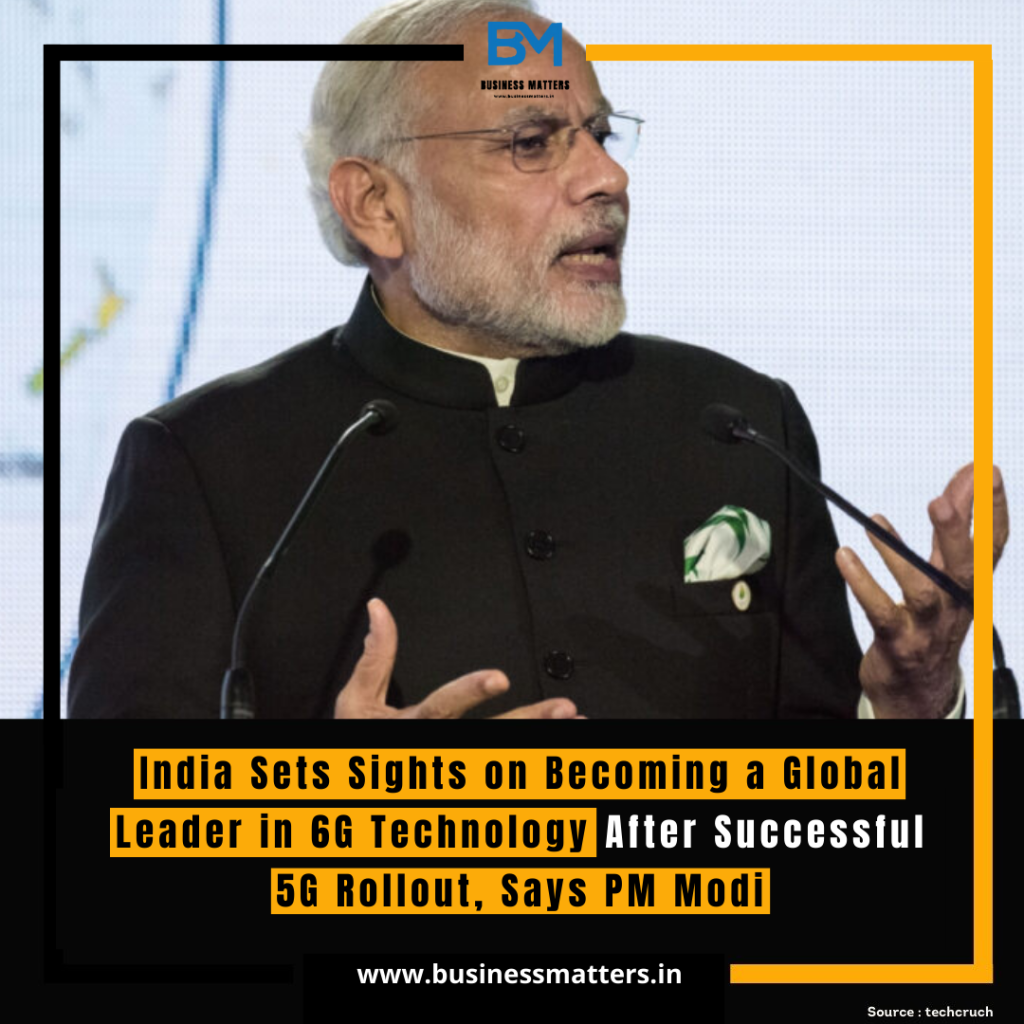
After Successful 5G Rollout, India Aims To Be A Leader In 6G: PM Modi
Prime Minister Narendra Modi has said that India is moving towards becoming a leader in 6G technology, adding that the future is here and now. He made the announcement while inaugurating the Indian Mobile Congress (IMC) in New Delhi on October 28, 2023.
Modi said that India is not only expanding 5G in the country but also moving in the direction of becoming leaders in the area of 6G technology. He added that the government has set aside more than US$1.2 billion for research and development in 6G.
“Within a year of the launch of 5G, nearly four lakh 5G base stations have been working today. They are covering 97 percent of the cities and more than 80 percent of the population,” Modi said.
The Prime Minister’s announcement comes at a time when India is still in the early stages of 5G rollout. However, the government has made significant progress in recent months, with several telecom operators launching 5G services in major cities across the country.
India’s ambition to become a leader in 6G is part of its broader goal of becoming a global technology powerhouse. The government has been investing heavily in research and development in recent years, and it is also working to create a conducive environment for startups to grow and thrive.
What is 6G?
6G is the next generation of wireless communications technology. It is expected to be significantly faster and more reliable than 5G, with peak speeds of up to 1 terabit per second (Tbps). 6G is also expected to have lower latency, meaning that there will be less delay in data transmission.
6G is still in its early stages of development, but it has the potential to revolutionize many industries and sectors. For example, 6G could be used to power new applications in self-driving cars, augmented reality, and virtual reality. It could also be used to create new smart city and industrial automation applications.
Benefits of 6G for India
Becoming a leader in 6G could bring a number of benefits to India. For example, it could help to boost the country’s economy by creating new jobs and industries. It could also help to improve the quality of life for Indian citizens by providing access to new and innovative services.
Here are some specific examples of how 6G could benefit India:
- Healthcare: 6G could be used to develop new and innovative healthcare applications, such as remote surgery and real-time patient monitoring. This could help to improve the quality of healthcare in India, especially in rural areas.
- Education: 6G could be used to create immersive educational experiences, such as virtual field trips and interactive lessons. This could help to improve the quality of education in India and make it more accessible to students from all backgrounds.
- Agriculture: 6G could be used to develop new smart farming applications, such as precision irrigation and crop monitoring. This could help to improve agricultural productivity in India and reduce food waste.
- Manufacturing: 6G could be used to develop new and innovative manufacturing processes, such as additive manufacturing and industrial automation. This could help to boost India’s manufacturing sector and make it more competitive on the global stage.
Challenges to becoming a leader in 6G
There are a number of challenges that India will need to overcome in order to become a leader in 6G. One challenge is the need to invest heavily in research and development. India will also need to develop a skilled workforce to support the deployment and operation of 6G networks.
Another challenge is the need to develop a strong ecosystem of partners and suppliers. India will need to work with companies from around the world to develop and deploy 6G technologies.

